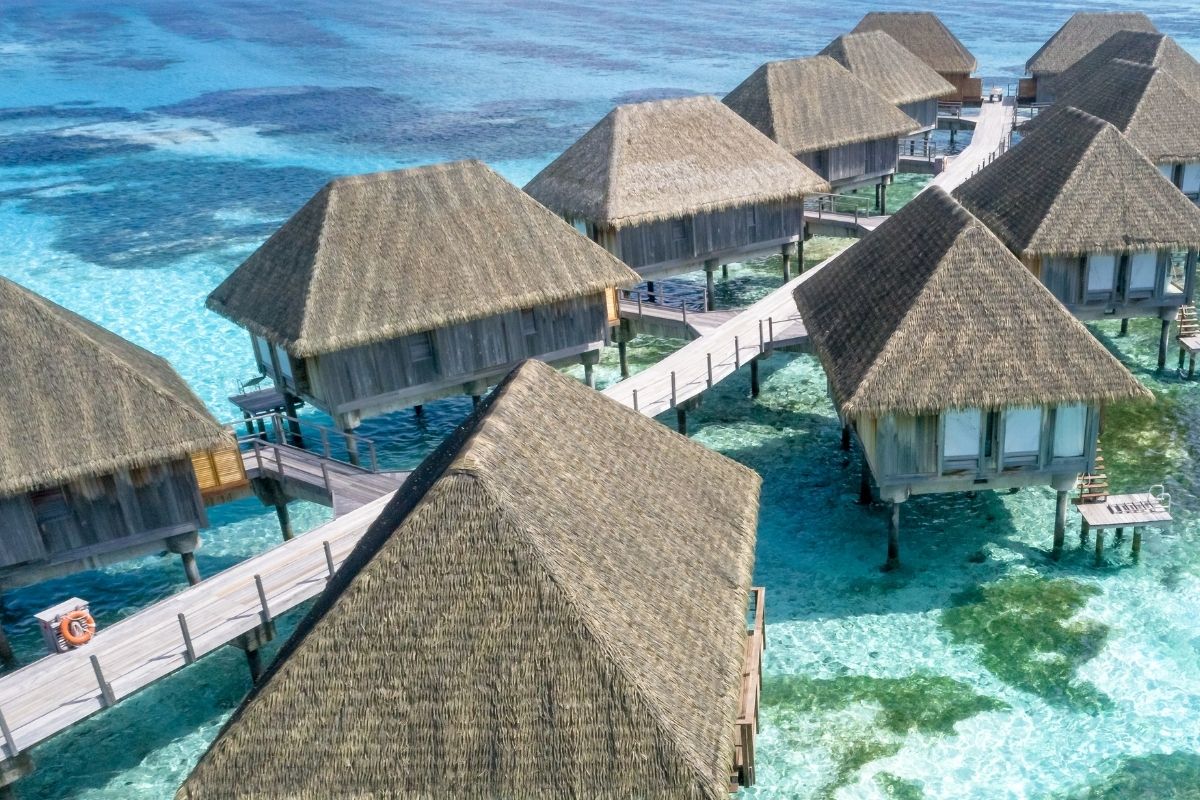Revenue Management: Economics of the Hotel Industry
Hotels have a high degree of operating leverage, a relatively high level of fixed costs, and a relatively low level of variable costs. This level of operating leverage makes the business volatile. When a hotel is below the break-even point, it can lose money very quickly. But once it gets over the break-even point, the marginal cost of filling one more room and servicing one more guest is insignificant. Profits increase dramatically.
The hotel industry is much more volatile than other real estate industries, like office buildings and shopping centers. It is much more similar to the airline industry, which has comparable operating leverage.
If a plane has 100 seats and has sold 99 seats, the marginal cost of selling the last seat is a few cents. The passenger gets half a can of soda and some pretzels. But the plane neither hires any more flight attendants nor another pilot. So, the marginal profitability of selling that last seat is pretty close to 100%.
The hotel industry is similar in that the marginal profitability of selling each additional room after crossing the break-even point is remarkably high. So, its profits increase quickly. On the flip side, when business deteriorates, the economy weakens, a hurricane comes, or there’s a health or other momentous event that affects people’s travel plans and disrupts the travel cycle, hotels can suffer drastically. It is very challenging for the industry to tighten its expenses to cut losses.
Hotels are always trying to be nimble, but they’re working against the structural aspects of the industry. It is hard to be efficient. When the hotel industry is doing well, profits rise dramatically. But when the industry is suffering, profits can erode rapidly.


